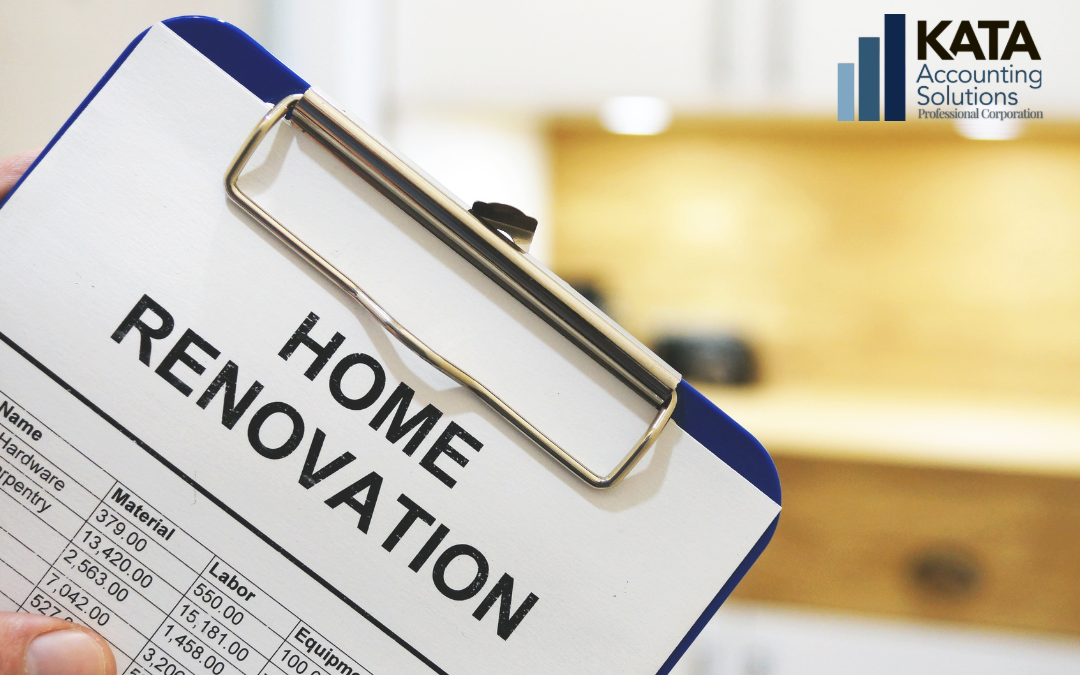Understanding the Cost of Borrowing for Home Renovations
Renovate Your Dream, Not Your Debt
Home renovations: the words conjure up images of gleaming new kitchens, luxurious bathrooms, and sun-drenched extensions. But before you start tearing down walls and browsing Pinterest boards, there’s a crucial question to answer: how are you going to pay for it? For many, the answer involves borrowing money, and understanding the cost of that borrowing is essential to avoid turning your dream renovation into a financial nightmare.
The Reality of Renovation Costs
Renovations are rarely cheap. Even seemingly minor updates can quickly escalate in cost, and unexpected issues are almost guaranteed to pop up. This is all before factoring in price increases due to the current trade-war. Before you even think about borrowing, you need a realistic budget, then, we recommend inflating the costs by 25% to make sure you don’t get yourself into trouble. The budget includes:
- Materials: From lumber and tiles to fixtures and paint, these costs add up quickly. If you’re purchasing materials through a general contractor, they usually mark them up to a standard percentage to cover their time and cost in sourcing and ensuring delivery.
- Labor: Hiring skilled tradespeople is essential, and their services don’t come cheap.
- Permits and Inspections: Don’t forget the administrative side of things!
- Contingency Fund: Always factor in a buffer (at least 10-20% of your total budget) for unexpected expenses.
Borrowing Options: Weighing the Pros and Cons
Once you have a solid budget, it’s time to explore your borrowing options. Each comes with its own set of pros and cons, and understanding the associated costs is crucial.
- Home Equity Lines of Credit (HELOCs):
- HELOCs use your home’s equity, they offer a revolving line of credit.
- Pros: Flexibility in borrowing and repayment, often have lower initial interest rates.
- Cons: Variable interest rates can fluctuate, making budgeting difficult. Your home is collateral.
- Personal Loans (Unsecured Loans):
- These loans don’t require collateral, making them less risky for homeowners.
- Pros: Faster approval process, no risk of losing your home.
- Cons: Higher interest rates than secured loans, smaller loan amounts.
- Credit Cards:
- Pros: Very fast access to money.
- Cons: Very high interest rates, should only be used for small and very short term expenses. Not usable in all situations, some people don’t accept credit cards.
- Refinancing:
- This replaces your current mortgage with a larger one, and you receive the difference in cash.
- Pros: Can get a lower interest rate on the whole mortgage, if rates have lowered since your original mortgage. One of the cheapest borrowing rates available.
- Cons: Extends the length of your mortgage, and has closing costs. Also, you’ll have to undergo the underwriting process again to ensure you qualify for the larger amount.
Understanding Interest Rates and Fees
The cost of borrowing isn’t just the principal amount you borrow. It also includes:
- Interest Rates: These are the percentage you’ll pay on the borrowed amount. Fixed rates remain constant, while variable rates fluctuate with market conditions.
- Closing Costs: These fees cover the costs associated with processing your loan, such as appraisal fees, title fees, and origination fees.
- Loan Origination Fees: A fee charged by a lender for processing a new loan application.
Tips for Minimizing Borrowing Costs
- Shop Around: Get quotes from multiple lenders to compare interest rates and fees.
- Improve Your Credit Score: A higher credit score can qualify you for lower interest rates.
- Increase Your Down Payment: If possible, putting more money down can reduce the amount you need to borrow.
- Create a Realistic Budget: Avoid overspending and borrowing more than you need.
- Carefully Read the Fine Print: Understand all the terms and conditions of your loan before signing.
Renovating Smartly
Renovating your home can be a rewarding experience, but it’s crucial to approach it with a clear understanding of the financial implications. By carefully considering your borrowing options and taking steps to minimize costs, you can create the home of your dreams without drowning in debt.
Ready to explore your financing options and make your renovation dreams a reality? Contact KATA Accounting today for personalized advice and guidance on coming up with a smart, realistic budget.
